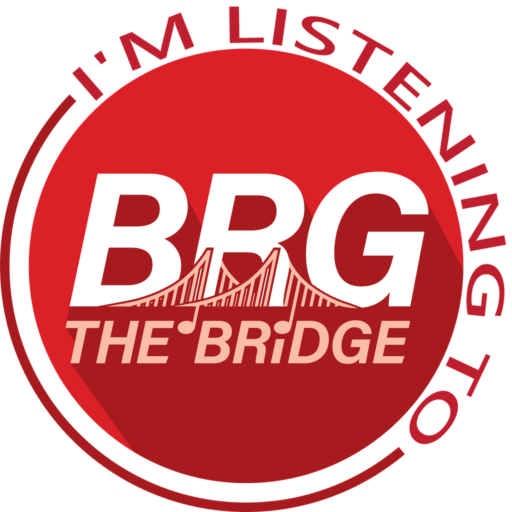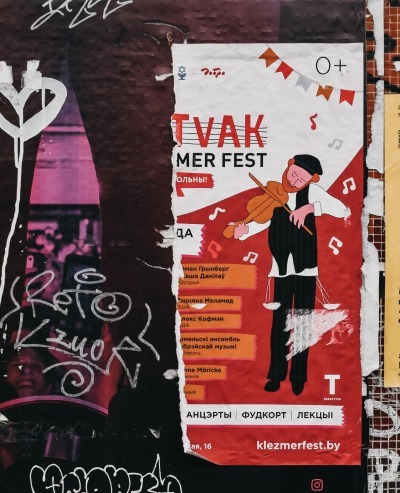Industry Alignment
AI in music rights moved from ambiguity to alignment as ASCAP, BMI and SOCAN unveiled harmonized policies. The PROs will accept registrations for compositions partially generated with AI, while rejecting fully AI-generated works. Each defines “partial” as music that blends AI-generated elements with human authorship, and these works will be licensed within their respective repertoires. The decision offers clarity for creators experimenting with machine tools without ceding the primacy of human contribution.
AI In Music Rights
The organizations reinforced a unified legal stance on training data: using copyrighted works to train AI without permission, credit, or compensation is theft. They cite ongoing advocacy for robust copyright laws in the U.S. and Canada, as well as support for legislation and lawsuits addressing unlicensed data scraping. That posture signals pressure on tech developers to negotiate, license, and credit, rather than scrape first and apologize later.
Human-First Creativity
ASCAP CEO Elizabeth Matthews framed the policy as a practical update, noting songwriters have always adopted new tools. AI can be powerful, she said, if the law puts humans first and technology firms “play fair.” BMI’s Mike O’Neill called the move a first step that ensures creators’ contributions are valued and properly paid when AI assists the process. SOCAN’s Jennifer Brown described an ethical path that embraces innovation yet keeps music “deeply human.”
Market Impact
For writers and publishers, this alignment reduces administrative uncertainty around hybrid works and invites clearer splits and metadata practices. It also establishes expectations for downstream licensing, where partially AI-assisted songs should flow through existing royalty systems. Midway through the AI in music rights debate, the message is pragmatic: use the tools, but document human authorship and ensure lawful inputs. For streaming services and sync buyers, this consensus offers confidence that hybrid compositions carry enforceable rights.
Wider Trends
The stance mirrors broader industry momentum: classify AI as an assistive layer, not an author. It dovetails with recent court challenges to unlicensed training and the push for transparency standards in creative metadata. Expect pressure on AI vendors to build opt-in datasets and compensation models, while creators experiment with AI for drafting, sound design, and arrangement. The line remains bright where it matters—authorship stays human, and remuneration follows.
What Comes Next
The immediate test is operational: accurate registrations, clear crediting, and better tools for tracking contributions. Longer term, collective licensing could incorporate AI provenance disclosures, influencing how catalogs are valued and cleared. By centering humans while standardizing hybrid registrations, ASCAP, BMI and SOCAN turn a policy vacuum into a workable framework for AI in music rights.




